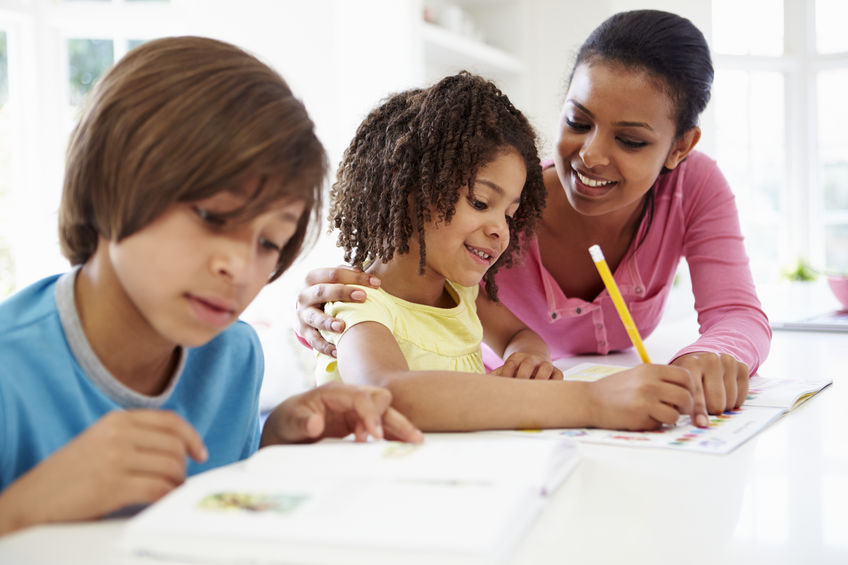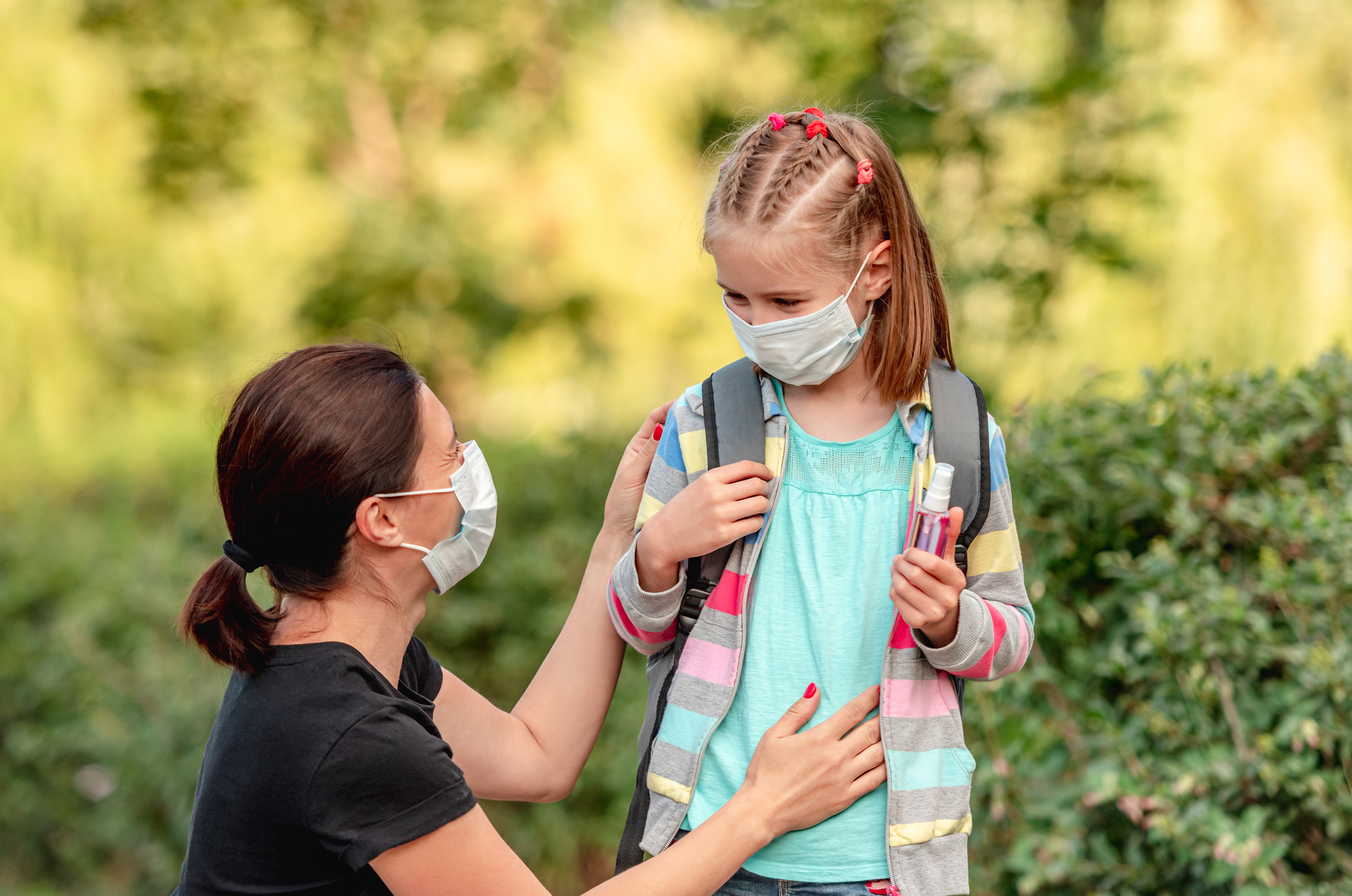20 Aug 2020
What parents need to know about school reopening during COVID-19 pandemic
Estimated read time: 5 minutes, 19 seconds
The COVID-19 pandemic forced schools and universities to close their doors, impacting an unprecedented number of students at an international scale. According to data from UNESCO, during the pandemic’s peak, 94% of the world’s students were taking classes remotely. Nearly 1.6 billion learners were affected by the school and university closures prompted by the outbreak of COVID-19.
As infection control measures became more effective and the number of cases of the virus decreased in some countries and regions, families and school systems worldwide faced a difficult question: should schools reopen, or remain closed until a preventive vaccine against COVID-19 is available?
The reopening of schools is not an easy issue to tackle.

The decision falls under the purview of political and public health leaders. But families and communities also play a role when considering factors such as students or household members with greater risks of developing serious illness; the academic needs of children; the virus’ spread in a given community; and whether schools are able to carry out the recommended safety guidelines.
For many parents, the burden that distance learning and isolation have on their child’s mental health is also a source of concern. Some would prefer for their children to have some degree of normality by returning to class and being around their friends, and they are willing to assume the risks.
The school shutdowns don’t just affect learning. In many cases, school districts offer essential services to kids and communities, such as access to free or reduced lunches and snacks, after school care, and extracurricular activities. Their closure also limits parents’ ability to go to work.
COVID-19 in Children: What We Know So Far

- The limited data currently available on COVID-19 suggests that children have a lower probability of developing it, and if they do become infected, their illness will be less severe.
- The common symptoms of COVID-19 in children include: fever, cough, runny nose, sore throat, headaches, body aches, and diarrhea; however, many kids can experience mild to no symptoms.
- Globally, children and teenagers account for an estimated 7% of cases and 0.1% of deaths.
- Infrequently, it can cause death or rare illnesses such as Multisystem Inflammatory Syndrome in Children (MIS-C).
- Scientific evidence suggests that the majority of pediatric cases were the result of contracting the illness from a family member.
It is important for parents to stay informed regarding cases of COVID-19 in young people in their communities, notably among their children’s friends and classmates. The purpose of having this knowledge is not to separate or discriminate, but rather to cultivate the concept of public good: that which benefits all citizens and institutions.
Who is at Highest Risk?
It’s crucial that parents speak to their pediatrician before making a decision on whether to send their children to school or not. It is worth remembering that some kids may be at a higher risk of contracting the novel coronavirus or developing serious symptoms. For those children, parents and caregivers might have to take additional precautions. More cases of COVID-19 have been reported among young people with intellectual and developmental disabilities, for instance.
People of any age, including children, who suffer from certain underlying medical conditions, have a higher risk of developing a serious illness from COVID-19. Additionally, children and teenagers who have neurological, genetic, or metabolic conditions or suffer from congenital heart disease could also be more likely to develop complications from COVID-19, compared with other young people. A serious illness means they could require hospitalization, intensive care, or a ventilator to help them breathe; or it could even result in death.
While there is no way to ensure zero risk of infection, it is important to understand the potential risks and how to adopt different preventive measures when resuming any activity, not just school.
Parents or tutors should consider whether other members of the household have a higher risk of developing serious illness due to COVID-19 when making decisions about which activities to resume. For example, does a grandmother, grandfather, or other older family member live under the same roof? Young people may not develop COVID-19, but they can still transmit the coronavirus if they are infected.
Longstanding, systemic social and health inequalities also put some groups at a higher risk of contracting COVID-19 or experiencing serious illness, including some members of racial and ethnic minority groups such as Afro-Latinx communities and homeless people.
Is it safe for my child to go back to school?
It’s important to evaluate your child’s school’s response and preparation plans. The pandemic is ongoing, and decisions can change depending on the virus’s spread in your area. Parents should ensure that schools are complying with safety measures in place to minimize the risk of infection and the spread of the virus, including the use of masks, smaller class sizes, and social distancing, among others.

The reopening of schools should be in line with each country’s global health response to COVID-19 in order to protect students, teachers, and staff, as well as their families. Some practical measures that schools can take include:
- Implementing a staggered schedule for the beginning and end of the school day;
- Staggering lunch hours;
- Moving classrooms to temporary spaces or outdoors, when weather permits;
- Creating shifts to reduce the number of students per class.
Educational leadership should examine all options to improve the school’s hygiene measures, including handwashing, other protocols (for example, coughing and sneezing into the elbow instead of hands), physical distancing, cleaning procedures for facilities, and safe conditions for meal preparation. Administrative staff and professors should also know how to carry out social distancing and hygiene measures at school.
Now more than ever, families should be informed on what’s happening at their children’s schools and help their kids and teens understand and comply with basic care practices. The more careful we are, the faster the pandemic will be over.
Note: Given the fluid nature of the COVID-19 pandemic, scientific understanding, and guidelines, the information in this blog may have changed since its original publication date. Please find more information about COVID-19 on the U.S. CDC’s website.
Sources: Unesco: “Education: From disruption to recovery”, Unicef: Coronavirus Disease: What Parents Should Know, Centers for Disease Control and Prevention (CDC): School Decision-Making Tool for Parents, Caregivers, and Guardians, National Public Radio (NPR): Tips For Homeschooling During Coronavirus


